Increased Focus on Mental Health
The growing recognition of the link between mental health and substance use disorders is influencing the opioid withdrawal-treatment market. Mental health issues often co-occur with opioid addiction, necessitating integrated treatment approaches. As healthcare providers increasingly adopt holistic models that address both mental health and addiction, the demand for comprehensive withdrawal treatments is likely to rise. This shift in focus is supported by research indicating that individuals with co-occurring disorders benefit from integrated care. Consequently, the opioid withdrawal-treatment market is poised for growth as more providers implement strategies that encompass both mental health and addiction treatment.
Government Initiatives and Funding
Government initiatives aimed at combating the opioid crisis are playing a crucial role in shaping the opioid withdrawal-treatment market. Federal and state governments have allocated substantial funding to support treatment programs and research into effective therapies. For instance, the 21st Century Cures Act has provided billions in funding for mental health and substance use disorder treatment. This financial support is essential for developing new treatment modalities and expanding access to existing therapies. As these initiatives continue to evolve, they are expected to bolster the opioid withdrawal-treatment market, ensuring that more individuals receive the necessary care and support.
Advancements in Treatment Modalities
Innovations in treatment modalities are transforming the opioid withdrawal-treatment market. New pharmacological approaches, such as the development of non-opioid medications and combination therapies, are emerging as effective alternatives for managing withdrawal symptoms. Research indicates that medications like buprenorphine and naltrexone are gaining traction, providing patients with safer options. Additionally, behavioral therapies are being integrated into treatment plans, enhancing overall effectiveness. As these advancements continue to unfold, they are expected to attract more individuals seeking treatment, thereby contributing to the growth of the opioid withdrawal-treatment market.
Increasing Awareness of Opioid Addiction
The opioid withdrawal-treatment market is experiencing growth due to heightened awareness surrounding opioid addiction. Public health campaigns and educational initiatives have significantly increased understanding of the risks associated with opioid use. This awareness has led to a greater demand for treatment options, as individuals seek help for withdrawal symptoms. According to the Substance Abuse and Mental Health Services Administration, approximately 2 million individuals in the US suffer from opioid use disorder, highlighting the urgent need for effective treatment solutions. As awareness continues to rise, the opioid withdrawal-treatment market is likely to expand, with more individuals seeking assistance and healthcare providers responding to this demand.
Rising Incidence of Opioid Overdose Deaths
The alarming rise in opioid overdose deaths is a significant driver of the opioid withdrawal-treatment market. Data from the Centers for Disease Control and Prevention indicates that opioid overdoses have surged, with over 70,000 deaths reported in a single year. This crisis has prompted urgent calls for effective withdrawal treatments, as families and communities seek solutions to mitigate the devastating impact of addiction. The increasing mortality rates associated with opioid use disorder are likely to drive demand for comprehensive treatment options, thereby expanding the opioid withdrawal-treatment market as stakeholders respond to this pressing public health issue.




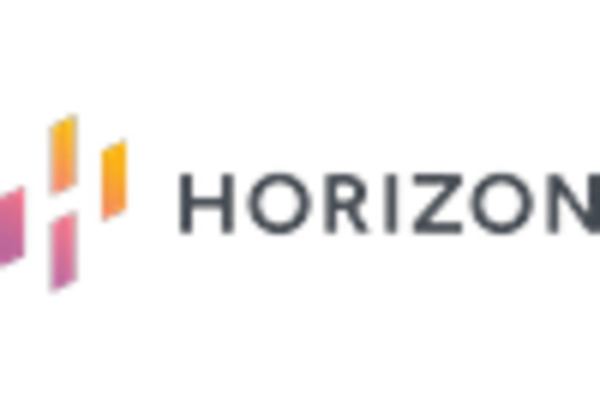
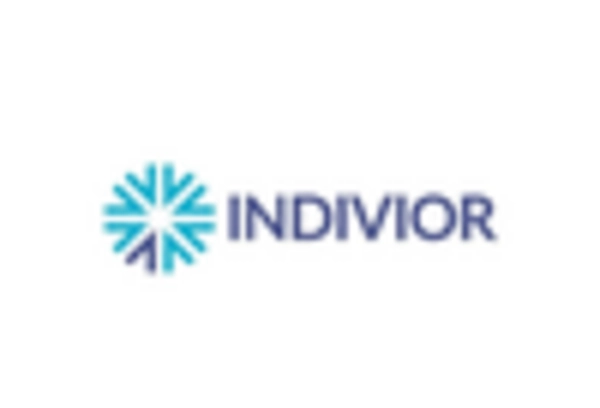
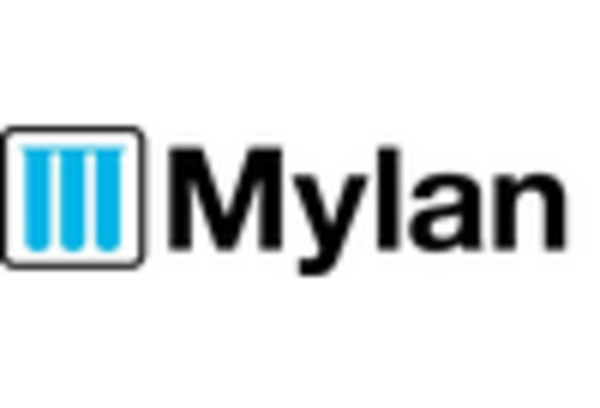
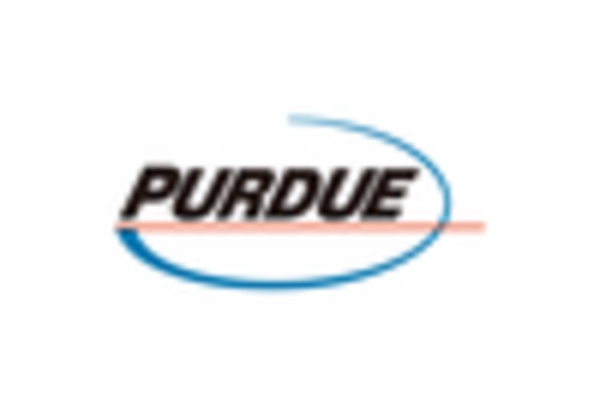
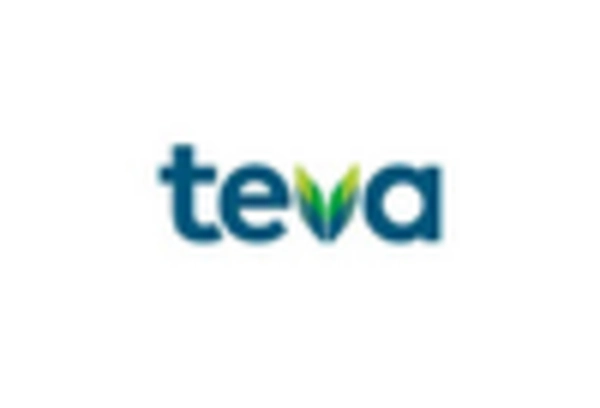








Leave a Comment